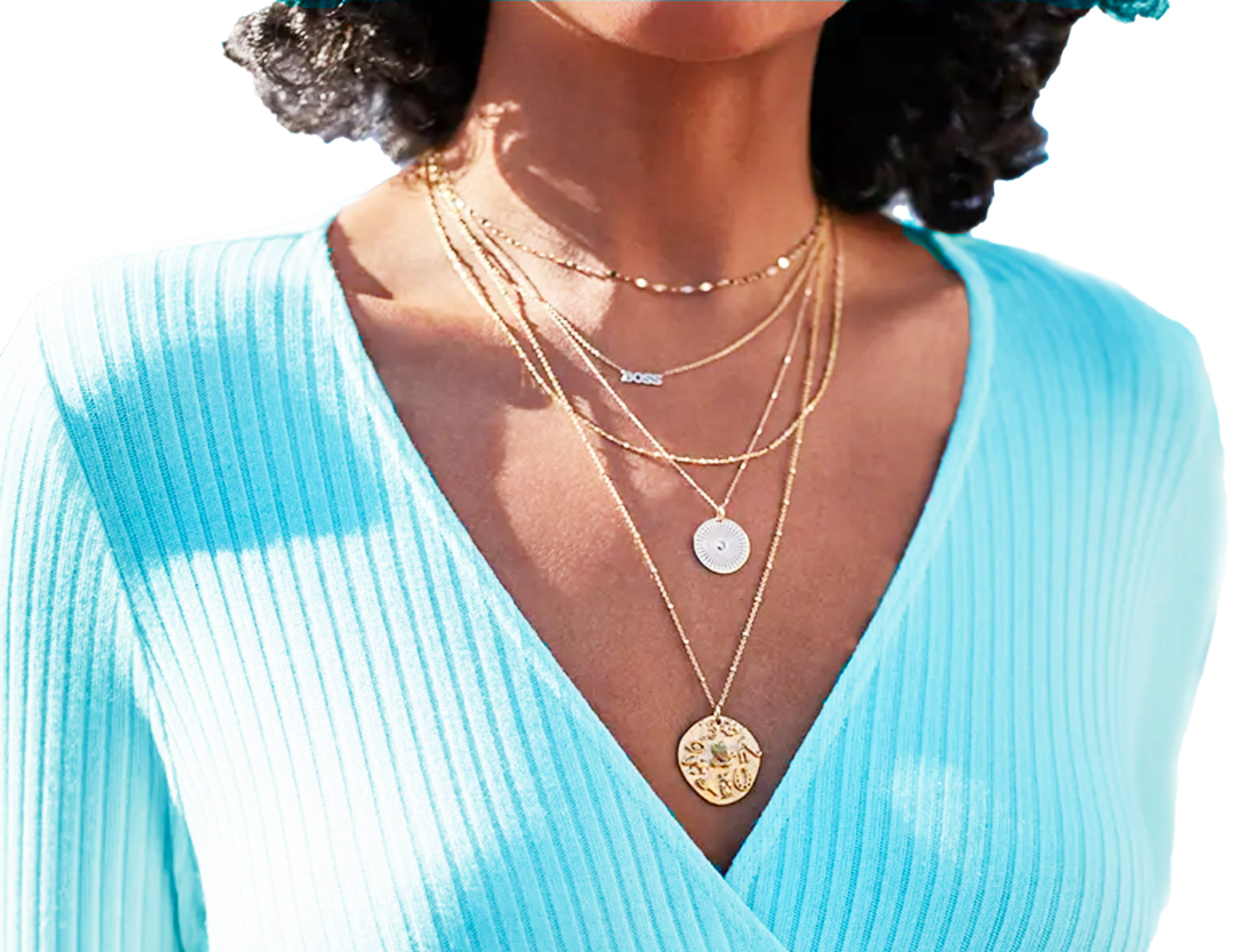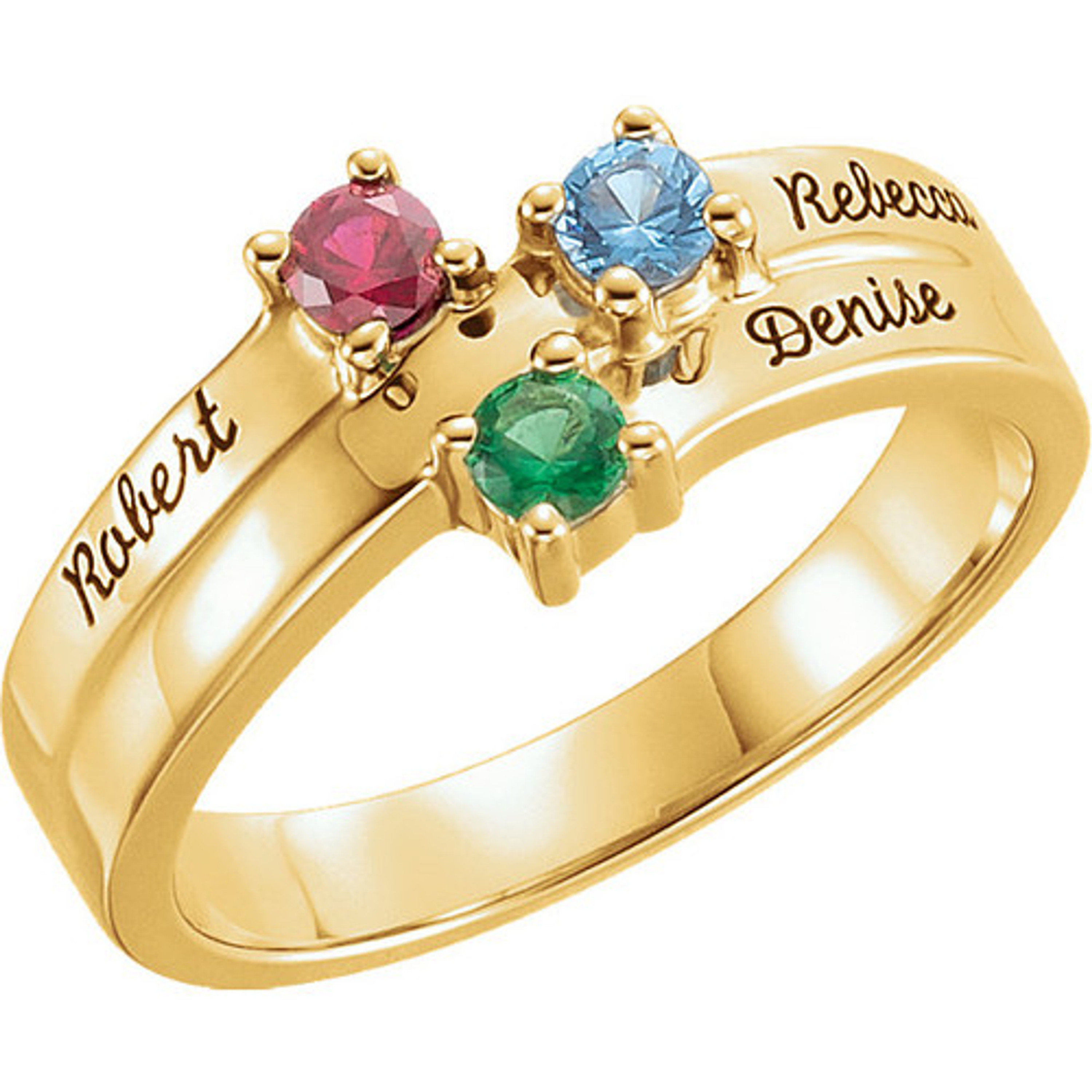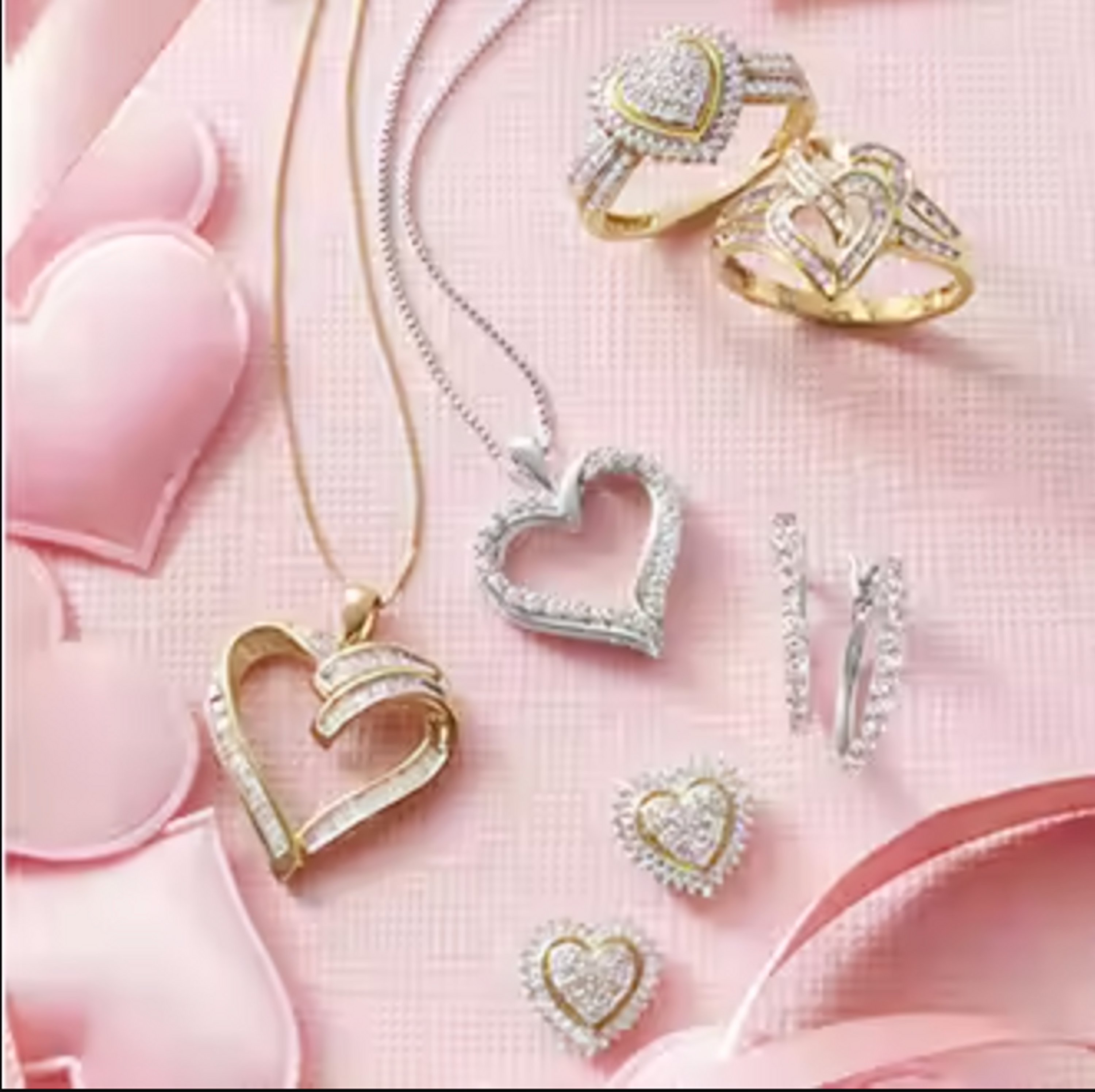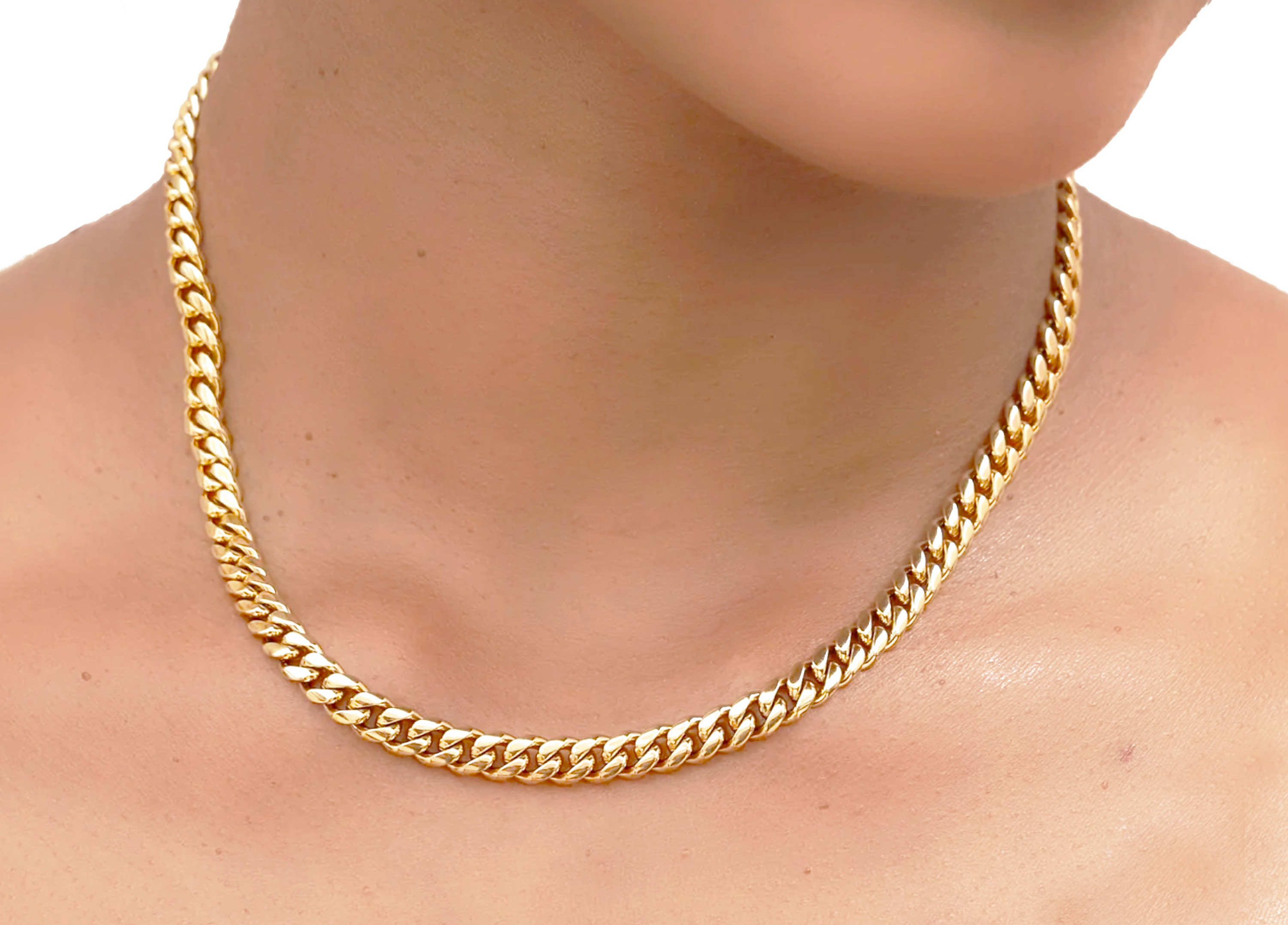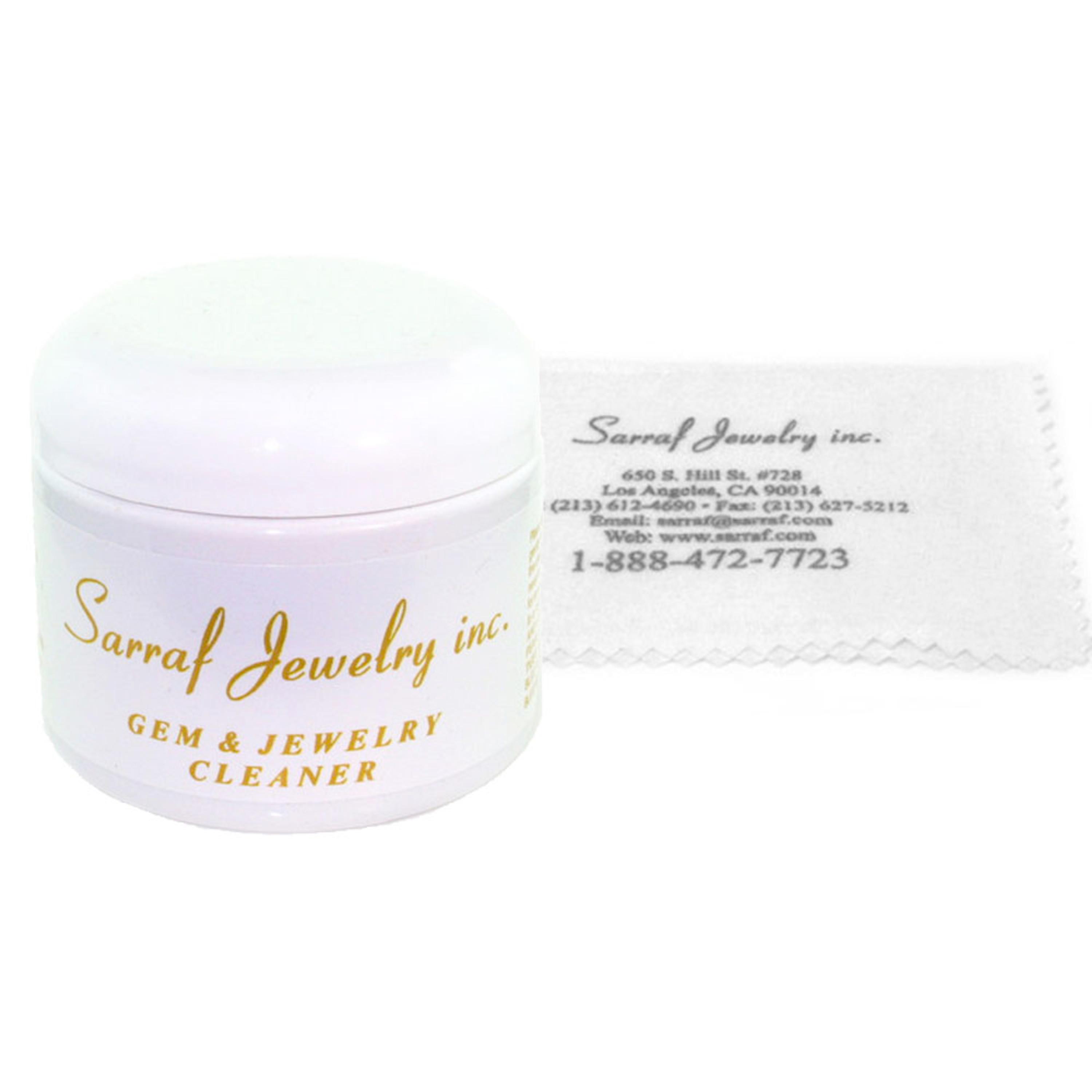The Art of Layering: Mastering the Mix & Match Jewelry Trend
Posted by MS on Jul 25th 2023
Welcome, jewelry lovers, to a world where style thrives through the skill of layering and inventiveness has no limitations! I'm happy to divulge the techniques for conquering the mix-and-match jewelry
… read more


